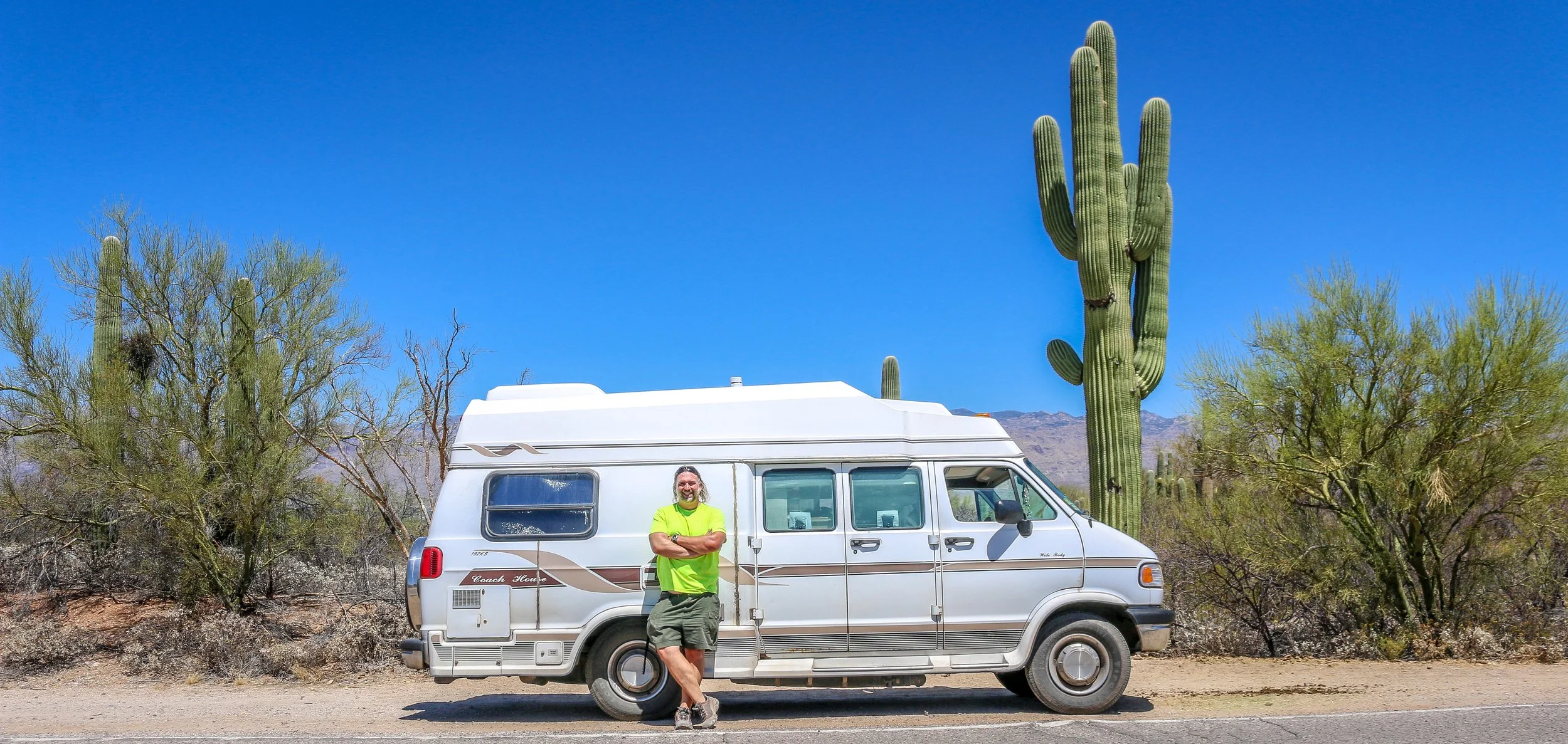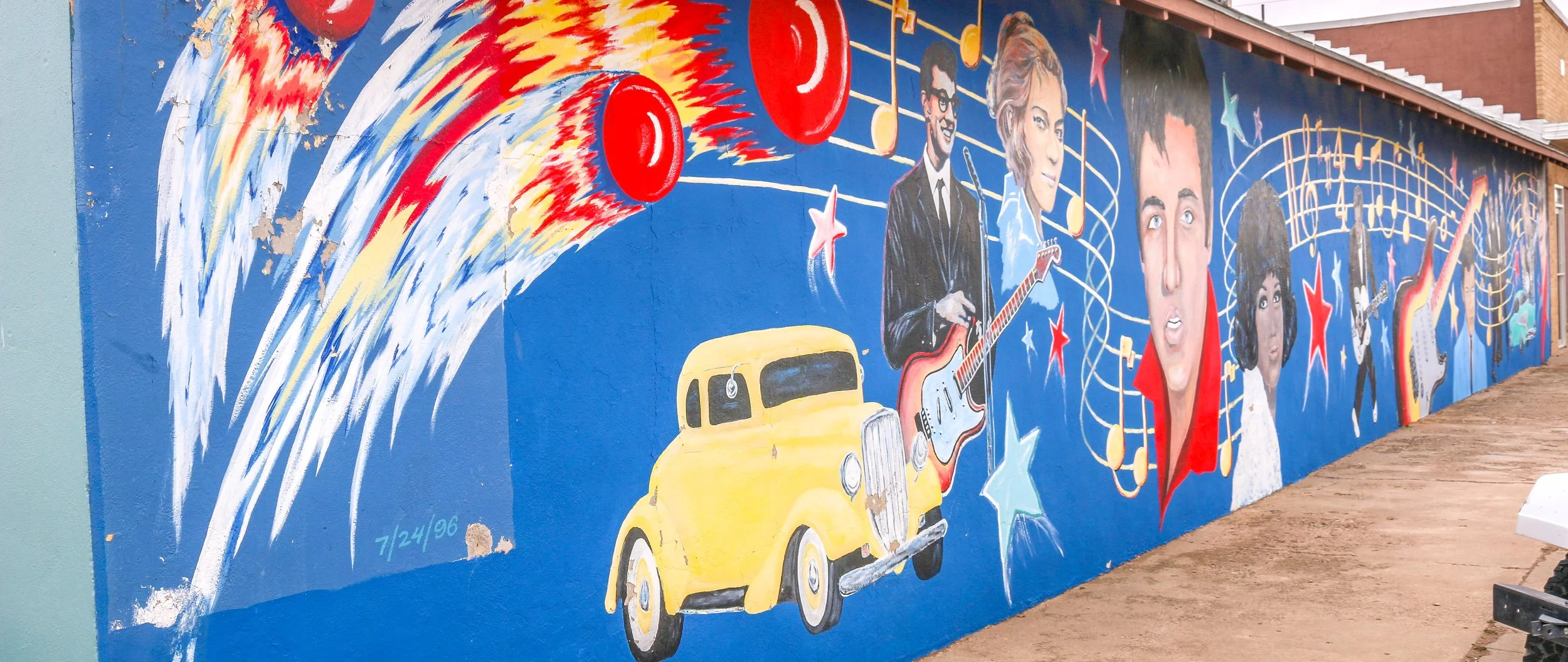Hello Everyone! First and foremost I wanted to wish those of you who celebrate a belated Happy Passover and/or a belated Happy Easter. As those of you who have been following me for several years already know, I was brought up in the Eastern Orthodox tradition so we do not celebrate Easter before or during Passover. Our Easter will be this coming Sunday this year so it totally slipped my mind last week. I hope if you were celebrating that it was a wonderful day however you chose to spend it. This week has had considerably fewer headaches than last week which I’m very grateful for. I have traveled down the east coast and across Southeastern Arizona this week, visiting with and learning about the Apache, exploring Arizona’s copper mining past and present and checking out some beautiful National Park Sites along the way. Since I’ve come down about 5000’ in elevation from the high desert to the low desert, the temperature has risen considerably with daily highs reaching into the 90s. Thankfully it is a dry heat, which really does make a huge difference, and it cools off at night which is the most important thing. I am trying to avoid being outside and/or driving in the heat of the day at this point, but overall it hasn’t caused me any problems. I’ve certainly seen some fascinating places this week, so let’s get right to it.
When I left you last week, I was in the interestingly named town of Show Low which was a quaint and quiet vacation town which seemed nice enough but didn’t have much of interest to me. I spent Wednesday night just a little bit south of there in Pinetop and was up and off early the next day. I headed straight for the White Mountain Apache Reservation which is centered around the old Fort Apache. Fort Apache was built there at the confluence of the East and North Forks of the White River beginning in 1870. The fort was built in that location with the permission of the White Mountain Apache, and many members of that band served as scouts in the U.S. Army during the Apache War which was waged mostly with the Chiricahua Apache. I was fascinated to learn about this conflict between the different bands at the wonderful museum and cultural center located there at the old fort, and it seemed to me as though they were proud of the role their ancestors played in that campaign. The fort remained an active one until 1924 and after it closed the buildings were converted into the Theodore Roosevelt Indian Boarding School which educated both Navajo and Apache children. I’m not a huge fan of the Indian Boarding Schools, which sought to strip young Native Americans of their culture, but I do believe there were good intentions involved. The campus is still a school today, but run locally by the White Mountain Apache. I spent the morning at the museum which, while it discussed some of this history, was clearly designed to present the White Mountain Apache as a modern community proud of its heritage and working towards the future. I spent the afternoon touring the old fort and trying to soak it in. Everyone I met there was incredibly friendly and welcoming and I spent considerably longer there than I had planned. I did get out to visit the Kinishiba Ruins in the afternoon which is a small Ancestral Puebloan site just down the road. It is protected and managed jointly by the White Mountain Apache, the Hopi and the Zuni, all of whom claim ancestry at Kinishiba. From there I was off to the twin cities of Eager and Springerville for a quiet and an early night.
Friday morning I was up early and headed down the Coronado Trail Scenic Byway which at some point likely crosses the trail Coronado took in 1540 on what was the first European penetration into the region. What their exact route was is unknown as there were no maps of the region for them to follow, but there is evidence that they spent time in that general vicinity. The scenic byway was a beautiful, winding 120 mile route which took every bit of four hours to travel. There were some stunning viewpoints along the way as I descended out of the White Mountains and into the desert below. It was a great road to crank up some good tunes, roll my windows down and cruise. At the other end of it, I found myself in the heart of the Morenci Mine, the largest copper mine in North America. It’s not pretty by any measure, but it is massive and definitely something to see. The small town of Clifton, on the other end of the mine, was an interesting little place to visit. The main street through town was a dirt road and a narrow one at that. The buildings were definitely a century old and not necessarily in very good repair for what should be a prosperous mining town. Everything seemed coated in red dust. It was unlike anywhere I’ve seen in the US and reminded me of some of the small mining communities I visited in Western Australia. They did have a beautiful old train station though. From there I was off and running towards Safford, another 45 minutes or so down the road. When I got there I was excited to see a Jack in the Box, one of the only fast food restaurants that I actually like. I don’t eat fast food as a general rule, but I haven’t seen a Jack in the Box in years, so I treated myself. Then I headed out to a great little private hot springs park called the Essence of Tranquility. The owner was super friendly and I had a wonderful night there soaking in the tubs and kicking my feet up in the communal areas. While I stayed in my van, they do offer little casitas and dorm beds as well. It’s definitely a worthwhile little stop and it was a nice respite from the road for a night.
I had a quick soak in the morning as well and then set off to Fort Bowie National Historic Site high up on Apache Pass…













